Can AI replace video editing?
Discussions, such as this or that kind of smart technology, if this becomes the one in the future, can finally, in every respect, take over traditional video editing or professional editors in this sphere. Literally, discussions go hand in glove with the rapid development of AI: the more it developed, the more developed were AI tools in general, ranging from the simple cutting of videos to complex special effects and up to the finalization of some creative content. While AI works its way up the ladder in automating certain aspects of video editing, it can never replace human video editors in the near future. The article examines the status of AI in video editing, its potential, limitations, and reasons why human creativity and judgment remain irreplaceable.
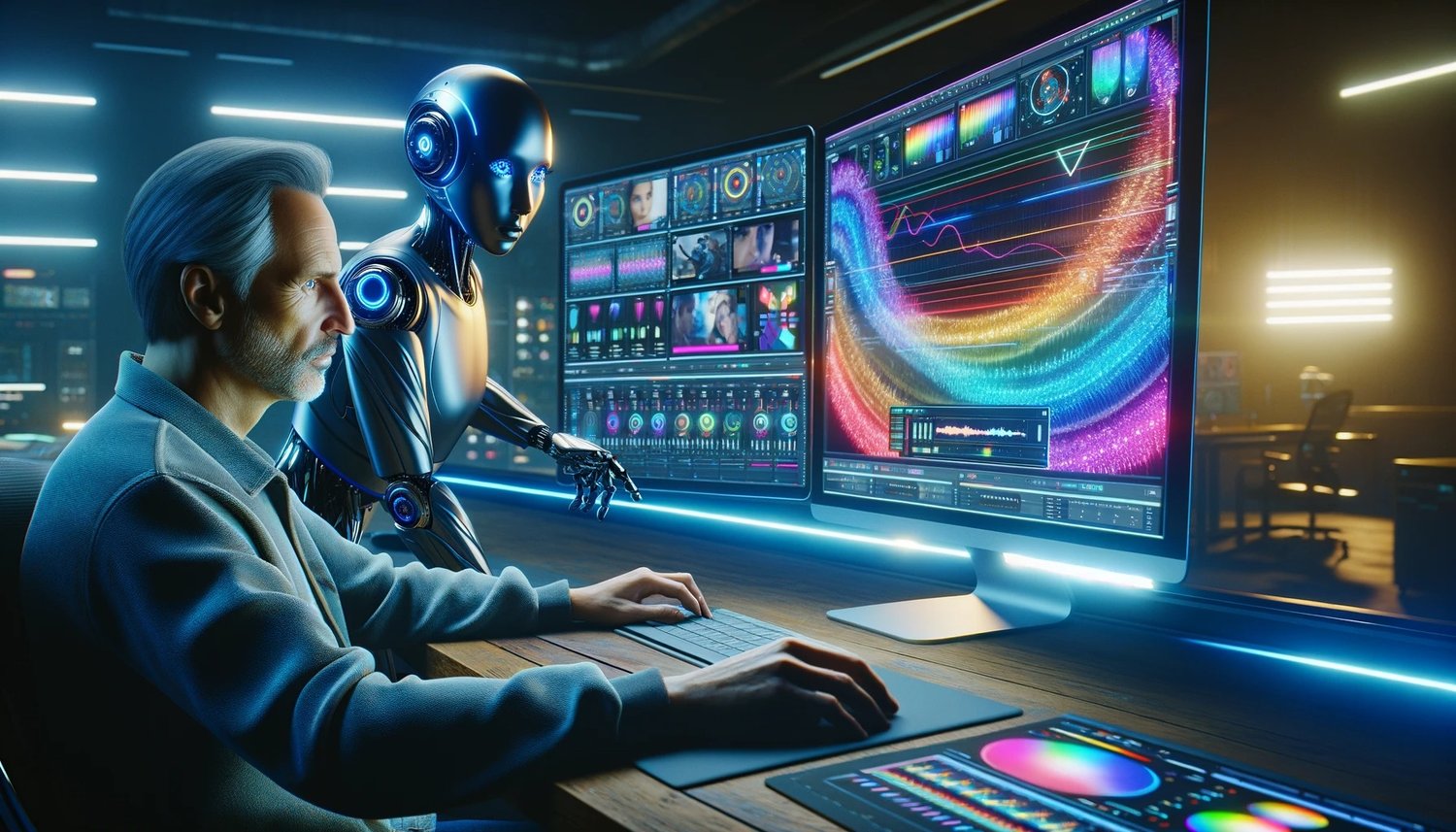
1.) The Role of AI in Video Editing Today
As for now, AI-powered video editing tools have started to leave their marks on the industry. Most of the platforms and software nowadays have begun induction of machine learning algorithms to make things easier for videographers. Some of the most prominent roles AI currently plays in video editing include:
- Automated Editing: AI-driven solutions, such as Adobe's Sensei and Magisto, analyze raw footage for highlights automatically and then stitch them together into a coherent video. What these tools do introduces face recognition, detection of motion, and even the mood of the clip is picked with the selection of the right music-all by the application of machine learning. This allows users who have little to no experience in video editing to quickly create polished videos.
- Scene detection and categorization: AI is able to divide a video into scenes and categorize the content while tagging clips visually. Examples of this include the detection of action scenes, close-ups, or dialogue-heavy moments in order to make editors' jobs easier by enabling them to search for specific clips without having to go through hours of footage manually.
- Speech-to-Text and Subtitling: AI-powered tools can automatically create subtitles themselves by transcribing speech to text. That comes in very handy for editors working on projects with a lot of languages involved or for videos that are going to be used by people that need subtitles because of an accessibility issue.
- Video Summarization: For instance, the news media industry is going to use AI in summarizing videos. They are developing short video previews of longer content by detecting the most relevant sections that allow editors to easily create content for social media or news outlets.
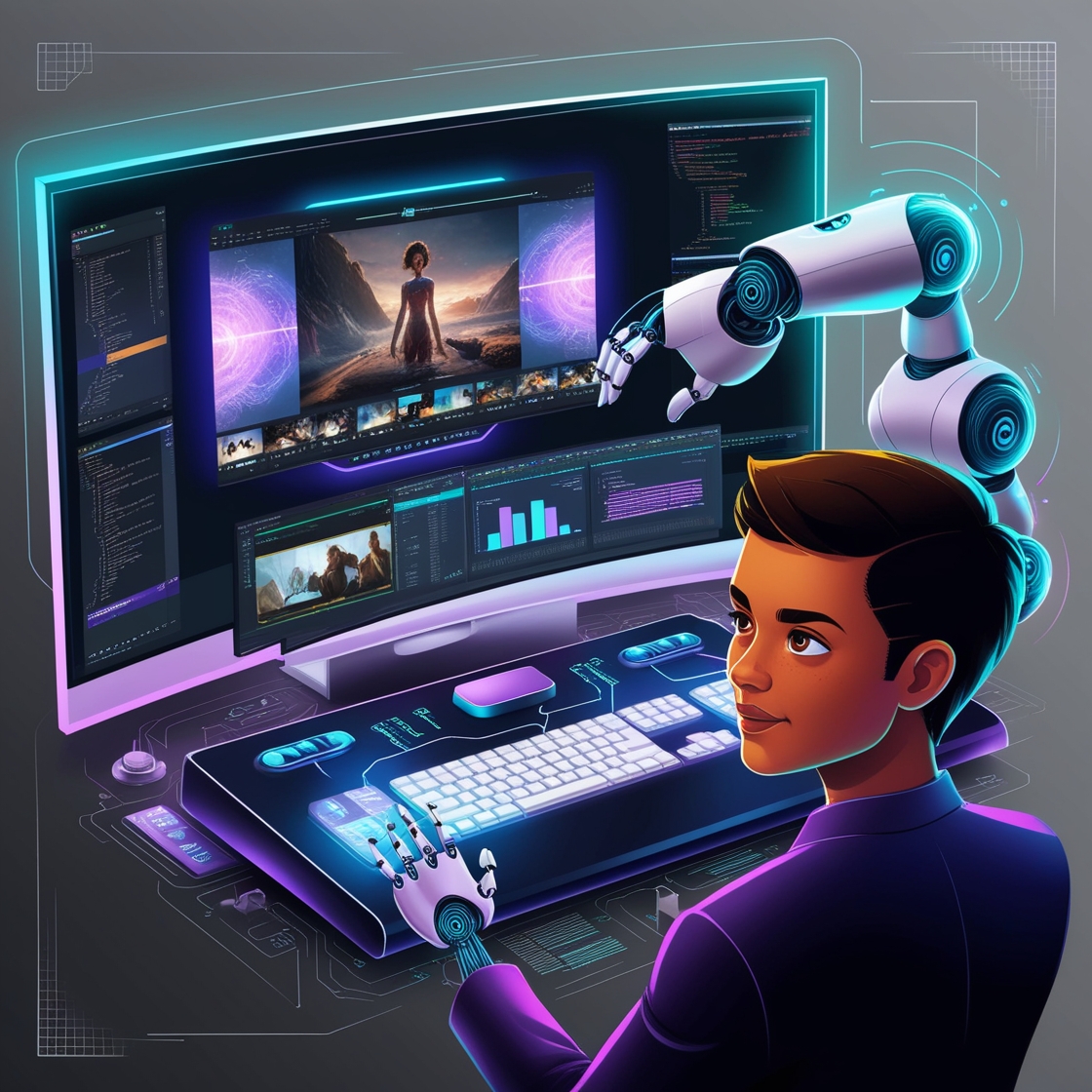
2.) Capabilities of AI in Video Editing
AI tools are meant to lighten the workload in the editing process. Some of the key features associated with AI in video editing include:
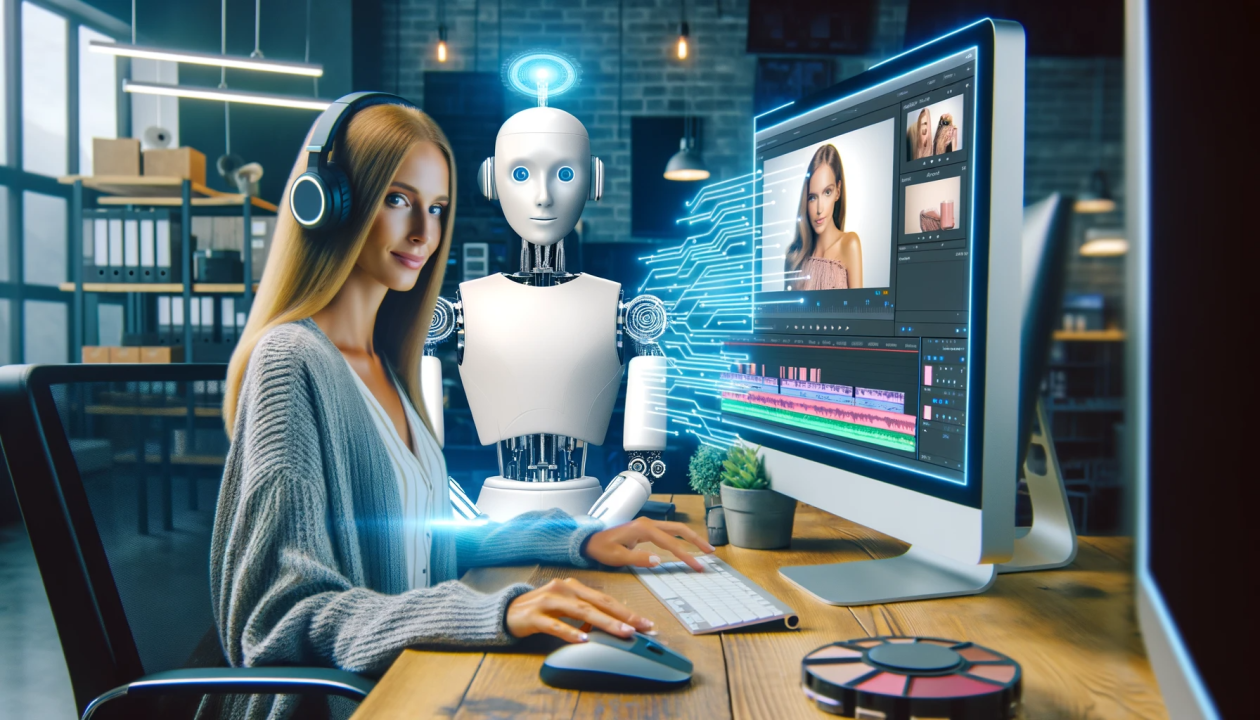
- Auto Trimming/Cutting: AI video editing tools scan a long footage and identify the key moments based on movement, sound, or something shown onscreen. This feature is useful when dealing with sports highlights, events coverage, and vloggers.
- Color Correction and Enhancement: AI automatically adjusts the brightness, contrast, and color balance of the video, freeing an editor from what would otherwise take hours to do themselves.
- Audio Synchronization: Be it in a music video or an interview, audio synchronization with video can be done automatically through AI tools by detecting the sound waves and aligning them with the visuals.
- Motion Tracking: AI can analyze motion in videos and, with no direct intervention by an editor, automatically apply effects or focus on subjects.
- Content Personalization: AI can personalize videos for various sets of audiences, based on user preferences and behavior analysis; allow auto-generation of different cuts of the same video for various platforms.
- Visual Effects: Some aspects of VFX, such as the removal of backgrounds or adding green screen effects or AR elements to the video, can be automated with the help of AI.
3.) The Benefits of AI in Video Editing
The inclusion of AI has revolutionized video editing because most of the tasks are automated, and the workflow has been smoothened further. Following are the major benefits of AI in video editing:
- Speed and Efficiency: The primary advantage gained from the use of AI in video editing is the pace at which it can process video footage. Where this would have taken hours, sometimes days to achieve with a human editor, an AI is able to do it in just minutes.
- Cost-Effectiveness: This is big, especially for smaller businesses or independent creators on a shoestring budget where hiring a video professional is out of the question. AI video tools are mostly subscription types, though a number of free alternatives exist.
- Consistent Quality: When an AI system has been trained, it can go through hundreds of videos without errors in its output. Human editors may have their differences in style or simply make mistakes; AI will not make those, when properly set up, This is something to that end for businesses where having a similar look and feel across their content plays an important role.
- Accessibility: With AI intervention, video editing of the highest quality can be done by even inexperienced users. Most the tools themselves boast user-friendly interfaces, and they ask for a bare minimum of input from you, so you could be in charge of the creative efforts and not just the technical bits.
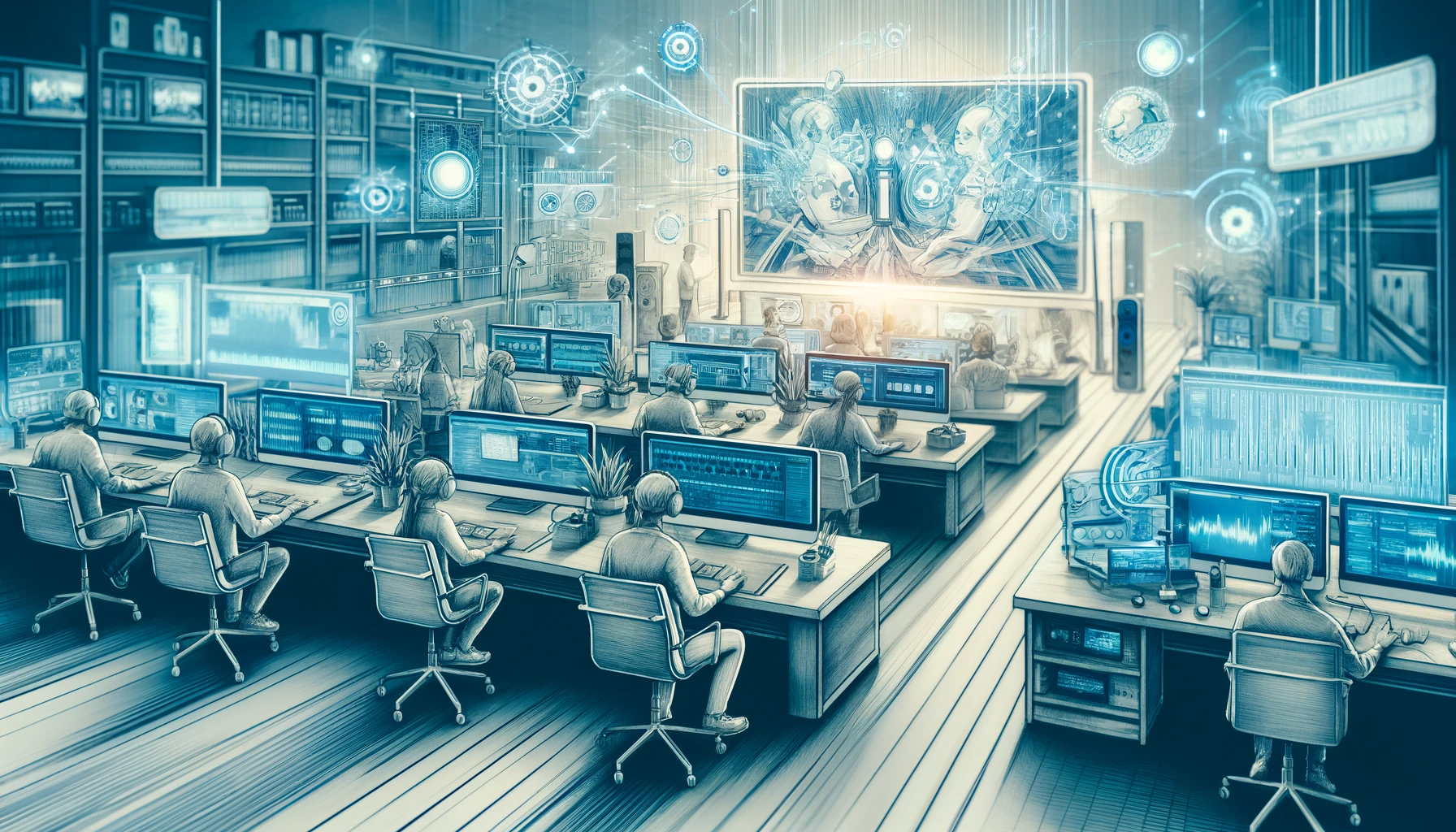
4.) Limitations of AI in Video Editing
Despite the advantages, AI has its limitation mainly on fields that require creativity and subjective judgment. Some of these include:
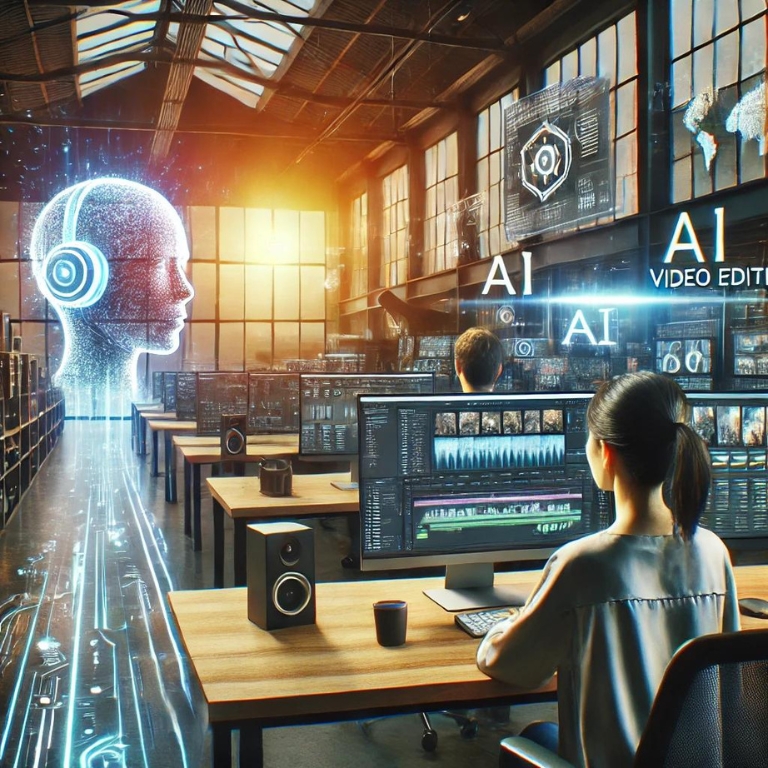
- Lack of Creativity: AI can do repetitive, rule-based tasks with high efficiency, but when it comes to creativity, the lead is still held by the human editors. AI may fail to work out the nuance, emotion, or artistic intention behind a video, which plays the pivotal role in narrative-driven content such as films, documentaries, or even commercials.
- Over-Reliance on Data: Because AI operates on data, that means it cannot act beyond what it has been trained for. This might create limitations when one has to deal with unconventional footage or any unique footage
- Inability to Understand Context: While AI can identify objects, faces, even sometimes emotions, A human editor not only gets to understand the underlying message of the story but also injects creativity into the storytelling.
- Limited Customization: Most AI-based video editing tools have fewer customization options than their manual counterparts, such as Adobe Premiere Pro and Final Cut Pro. Projects with complex editing, minute adjustments, or artistic inputs may be a little too challenging for AI.
5.) Is Full Human Video Editors' Replacement by AI Possible?
The answer is simply no, at least not in the near future. While AI has genuinely revolutionized a few aspects of video editing, the depth in creativity, emotional intelligence, and telling a story remains something only a human editor will be able to give to the work.
- Collaborate in Creativity: Human video editors work with a director, a producer, or some client to make a vision come to life. This sort of collaboration takes so much in terms of communication, intuition, and grasping of complex emotions and themes that as of now AI does not possess. They cannot be replaced in material which needs a personal touch or artistic flair.
- AI as Tool, Not Replacement: It would be much better placed as an assistant to the human editor, not a replacement. It can take that which is more mundane: sifting through hours of footage, color correction, or applying basic transitions. That way, in essence, it would free the human editor to work on creative and challenging areas: the art of telling stories, pace, and emotion.
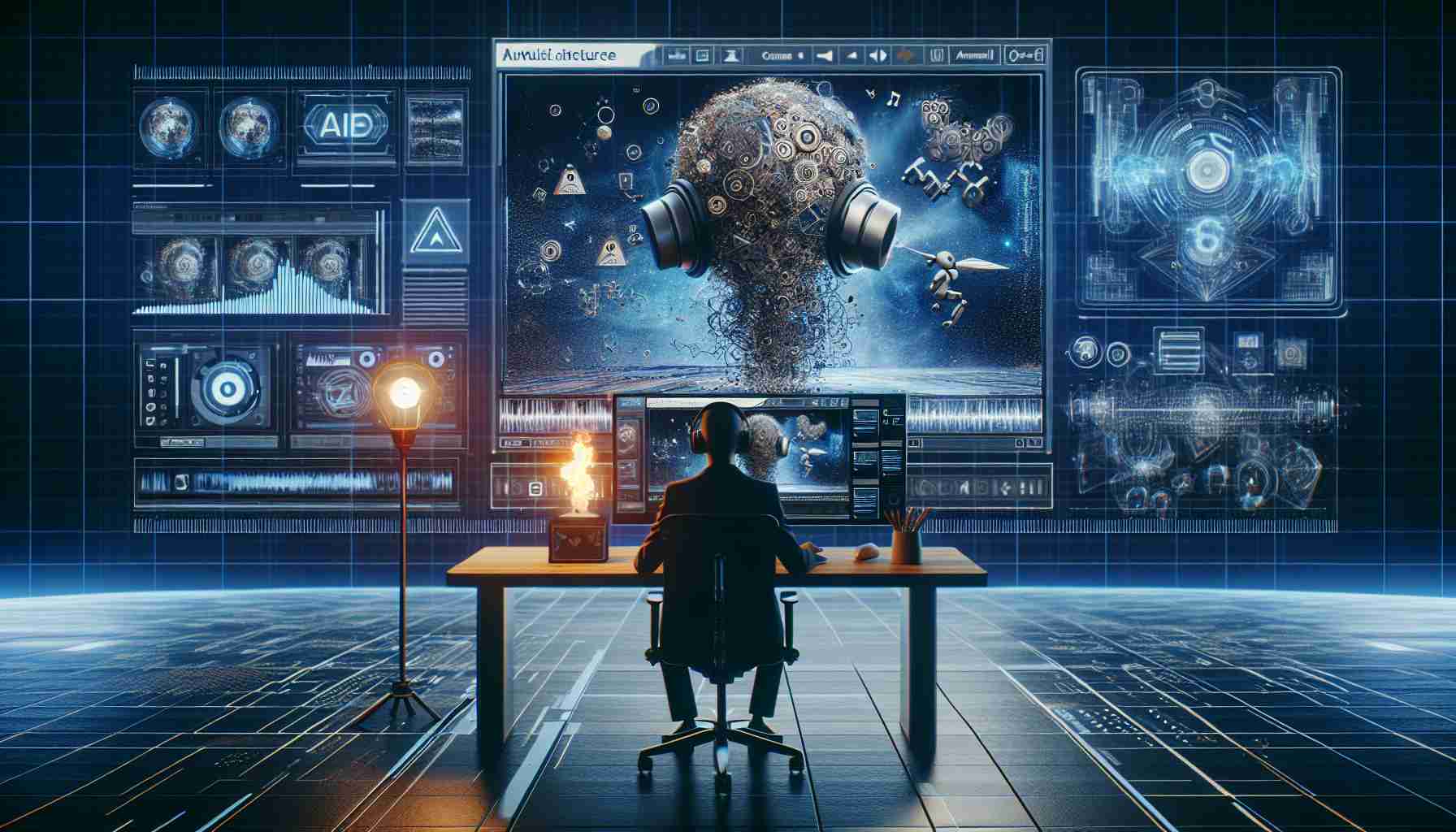
6.) AI in Video Editing: The Future
While AI is unlikely to replace human editors, its role in video creation is likely to grow. AI will continue to evolve and develop in sophistication, so maybe in the future, it will do more complex work. We may very well see AI helping create feature-length films, generating sophisticated special effects, or even predicting audience preferences to allow the personalization of content.
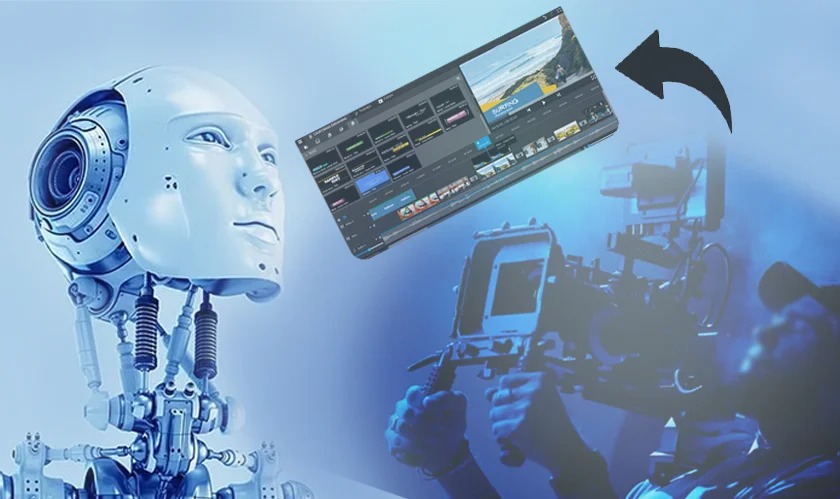
- Hybrid Workflows: In the future, video editing may perhaps go the hybrid route where the more mechanical tasks are handled by AI while human editors give it finishing touches. This can enable faster production without necessarily sacrificing the quality and creativity that can only arise from human input.
- Ethical Considerations: While AI is becoming increasingly creative in generating video content, there are some ethical considerations to bear in mind, however. There may be complex issues with authorship, and copyright and creative control problems might be a result of advanced AI tools.